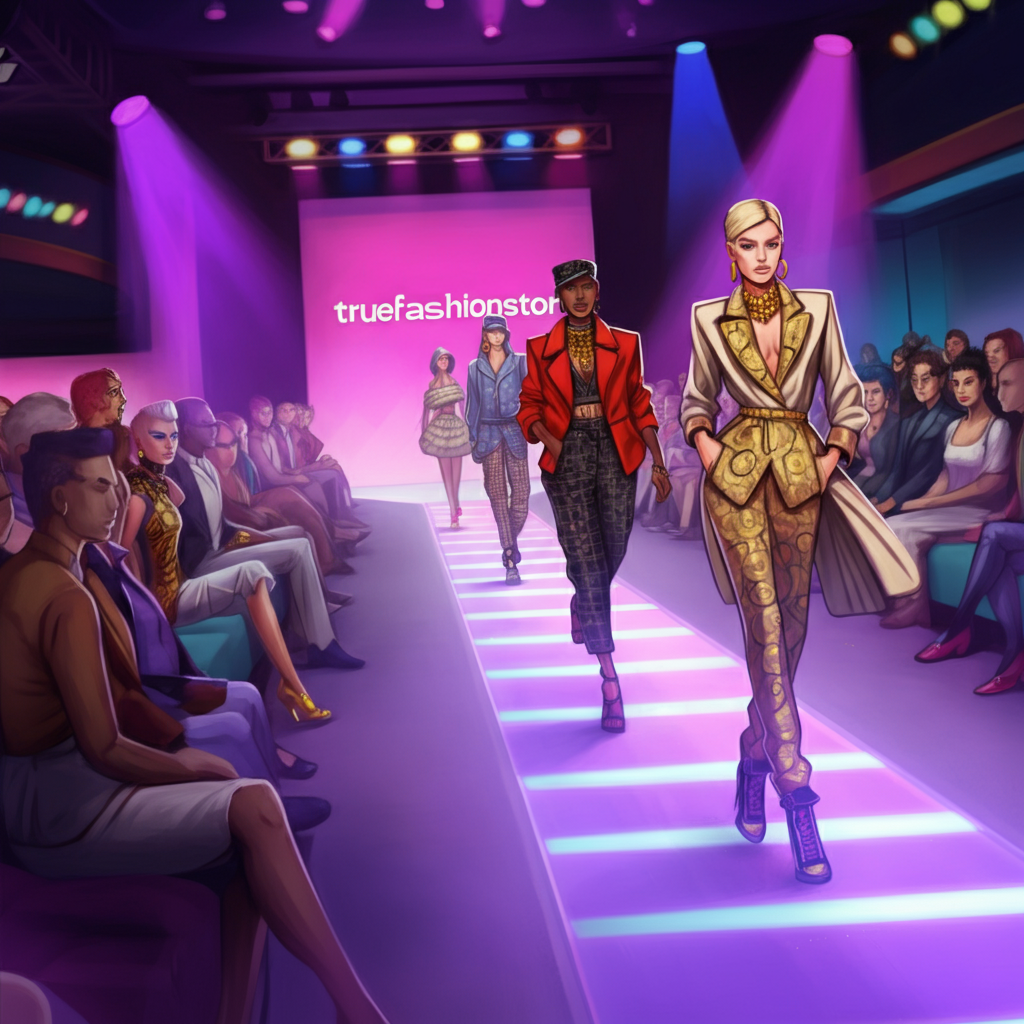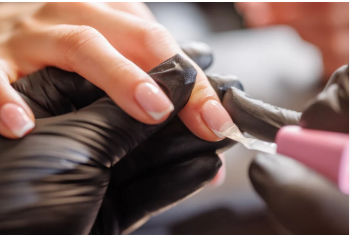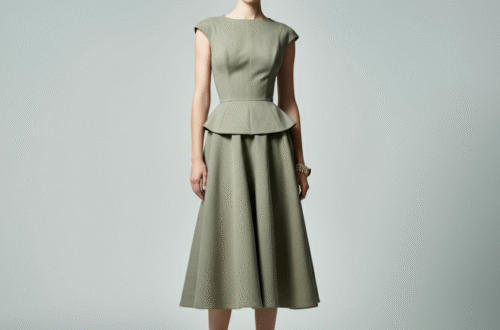Get ready to revisit a classic that brought runway magic to our computer screens. For many, Jojo’s Fashion Show was more than just a game; it was a first dive into the fast-paced world of style, design, and catwalk glamour. This beloved time-management game captured the hearts of casual gamers with its charming story, fun challenges, and creative freedom. Let’s take a walk down the memory lane of fashion and explore what made this game a memorable hit.
This article will cover everything you remember and perhaps some things you didn’t know about the Jojo’s Fashion Show series. We’ll explore its gameplay, story, and the lasting impact it had.
Key Takeaways
- A Unique Genre Blend: Jojo’s Fashion Show successfully combined time management, puzzle, and fashion simulation genres into one engaging experience.
- Creative and Challenging: The core of the game was balancing speed with style, forcing players to quickly assemble runway-ready outfits based on specific themes.
- Compelling Storyline: The narrative of Jojo Cruz making her fashion comeback adds a layer of depth and motivation to the gameplay.
- Lasting Legacy: The series remains a nostalgic favorite, remembered for its accessible gameplay and fun introduction to fashion concepts.
What Was Jojo’s Fashion Show?
Jojo’s Fashion Show is a series of casual PC games developed by G5 Entertainment that first launched in the mid-2000s. It falls into the time-management and simulation category, where the primary goal is to style models for a fashion show. Players take on the role of Jojo Cruz, a famous designer making a comeback, with help from her daughter, Rosalind.
The game’s appeal came from its simple yet addictive premise. You were given a theme for a collection, like “Bohemian” or “Rock and Roll,” and had to quickly mix and match tops, bottoms, shoes, and accessories to create stylish outfits. The better your outfits matched the theme, the higher your score. It was a delightful race against the clock that tested both your reflexes and your eye for style. The Jojo’s Fashion Show series stood out in a sea of restaurant and farming simulators by offering a unique and glamorous theme.
The Core Gameplay: A Race to Style
The heart of Jojo’s Fashion Show lies in its frantic and fun gameplay loop. Each level represents a fashion show in a different city, from New York to Paris. Your goal is to dress a series of models before they walk the runway.
How It Worked
At the top of the screen, you’d see the required style for the show. This could be anything from evening wear to sporty chic. On the sides, you had your digital wardrobe filled with various clothing items. Models would line up, and you’d have to click and drag the right pieces onto them to create a complete look. The challenge was finding items that fit the show’s theme. A “Bohemian” look, for example, might get points for flowy skirts and floral patterns but lose points for leather jackets.
The Signature Look
To earn bonus points, you had to create a “signature look” for the designer you were representing. This often involved using a specific combination of three or more items that embodied the designer’s core style. Nailing these signature looks was key to achieving a high score and unlocking new stages and clothing. This mechanic encouraged players to pay close attention to the style guides and experiment with different combinations, adding a puzzle-like element to the game.
Meet the Characters: Jojo and Rosalind Cruz
The story of Jojo’s Fashion show is driven by its two main characters, a mother-daughter duo determined to reclaim their family’s place in the fashion world.
- Jojo Cruz: The original style icon. Jojo was a top designer who stepped away from the spotlight to raise her daughter. The game begins with her decision to make a triumphant comeback. She’s experienced, savvy, and has a classic sense of style. Throughout the games, she acts as a mentor and the established name behind the brand.
- Rosalind “Ros” Cruz: Jojo’s daughter, Ros, represents the new generation of fashion. She has a more modern, edgy, and experimental approach to style. She brings fresh ideas to the Las Cruces brand and often pushes her mother to embrace new trends. The dynamic between Jojo’s classic taste and Ros’s modern flair is a central theme of the series.
This generational clash and collaboration make the story relatable. For more insights into fashion dynasties and brand stories, you can explore some of the articles on truefashionstory.com. Their journey is about more than just clothes; it’s about family, legacy, and adapting to a changing world.
The Evolution of the Series
The Jojo’s Fashion Show saga didn’t end with the first game. The series expanded with sequels that added new gameplay mechanics, characters, and fashion challenges.
Jojo’s Fashion Show 2: Las Cruces
The second installment built upon the success of the first. In Las Cruces, Jojo and Rosalind officially team up to launch their own clothing line. This game introduced new clothing styles and the ability to design your own clothes in a special “Pattern Maker” mode. A major addition was the male models, which doubled the wardrobe and styling challenges. Players now had to dress both men and women, expanding the creative possibilities.
Jojo’s Fashion Show: World Tour
The final game in the trilogy took the Las Cruces brand global. In World Tour, Jojo and Ros travel to fashion capitals around the world, including Tokyo, London, and Barcelona. Each location featured unique styles inspired by local culture. This sequel refined the gameplay, introducing new signature looks and even more clothing items. The challenge of adapting the Las Cruces brand to different international tastes was the central theme, making it the most ambitious game in the series.
|
Feature |
Jojo’s Fashion Show (Original) |
Jojo’s Fashion Show 2 |
Jojo’s Fashion Show: World Tour |
|---|---|---|---|
|
Main Goal |
Jojo’s comeback |
Launch the Las Cruces line |
Take the brand global |
|
Models |
Female only |
Female and Male |
Female and Male |
|
Key Mechanic |
Styling with signature looks |
Pattern Maker mode |
Styling for international markets |
|
Locations |
Primarily US cities |
Various US locations |
Global fashion capitals |
Why the Game Was So Addictive
What made so many people spend hours styling digital models? Several factors contributed to the success and addictiveness of the Jojo’s Fashion Show games.
Accessible for Everyone
You didn’t need to be a fashion expert or a hardcore gamer to enjoy it. The controls were simple point-and-click, and the rules were easy to understand. This low barrier to entry made it a perfect game for the casual audience that dominated the PC game portal scene in the 2000s. It was the kind of game you could play for 20 minutes or three hours.
The “Just One More Level” Feeling
Each level was short, usually lasting only a few minutes. This created a powerful “just one more level” loop. Since you were always close to unlocking the next city or a new batch of clothing, it was easy to justify playing for a little longer. The constant sense of progression and reward kept players hooked.
A Perfect Mix of Speed and Strategy
The game wasn’t just about clicking fast. It was a mental puzzle. You had to quickly scan your wardrobe, identify pieces that fit the theme, and assemble a cohesive outfit. Do you go for a safe but low-scoring outfit, or do you risk searching for the perfect items to create a high-scoring signature look? This blend of reflex action and quick strategic thinking made each level an engaging challenge.
The Legacy of Jojo’s Fashion Show
Though the series hasn’t had a new installment in over a decade, its legacy lives on. Jojo’s Fashion Show was a pioneer in the fashion game genre, paving the way for countless mobile styling games we see today, like Covet Fashion and Love Nikki. It proved that a game centered on clothes and creativity could be just as engaging as one about farming or cooking.
For many, it was a gateway into the world of fashion. The game introduced basic style concepts—like color matching, theme dressing, and brand identity—in a fun and interactive way. It sparked an interest in design and styling for a generation of players. Its friendly tone and positive story of a mother-daughter team succeeding together left a lasting, positive impression. If you’re looking to learn more about building a fashion brand from the ground up, the business stories available on truefashionstory.com offer fantastic real-world parallels.
Will We Ever See a New Jojo’s Fashion Show?
A question many fans ask is whether Jojo and Ros will ever make another appearance. In today’s mobile-first gaming world, a revival of Jojo’s Fashion Show seems like a perfect fit. Imagine a new game with updated graphics, an endless wardrobe of modern clothes, online leaderboards, and social sharing features.
A modern sequel could incorporate current trends, collaborations with real-world designers, and deeper customization options. The core gameplay of mixing and matching against the clock is timeless and would translate perfectly to touchscreens. While there has been no official news from the developers, the nostalgia and demand for a new Jojo’s Fashion Show remain strong within its dedicated fan community.
Conclusion
Jojo’s Fashion Show was a special series that captured a unique moment in casual gaming. It blended fast-paced action with creative expression, all wrapped in a charming story about family and fashion. It was a game that was easy to learn but hard to master, offering hours of stylish fun. Whether you were a fan back in the day or are just discovering it now, the appeal of stepping into Jojo Cruz’s shoes and conquering the runway is undeniable. It remains a shining example of how games can be fun, smart, and incredibly chic.
Frequently Asked Questions (FAQ)
Q1: Where can I play Jojo’s Fashion Show today?
A: The Jojo’s Fashion Show games can still be found on various PC game portals like Big Fish Games and the G5 Entertainment website. They are sometimes available on platforms like Steam as well.
Q2: How many Jojo’s Fashion Show games are there?
A: There are three main games in the series: Jojo’s Fashion Show, Jojo’s Fashion Show 2: Las Cruces, and Jojo’s Fashion Show: World Tour.
Q3: Is Jojo’s Fashion Show suitable for kids?
A: Absolutely. The game is family-friendly and contains no inappropriate content. Its themes of creativity, family, and business are positive, and the gameplay is easy for younger players to grasp.
Q4: What kind of game is Jojo’s Fashion Show?
A: It is primarily a time-management game with elements of puzzle and simulation. The goal is to complete tasks (styling models) within a time limit.
Q5: Is there a game similar to Jojo’s Fashion Show on mobile?
A: Yes, there are many modern fashion games on iOS and Android that share similarities. Titles like Covet Fashion, Super Stylist, and Shining Nikki involve dressing up avatars and competing in style challenges, though often with a different gameplay mechanic.





